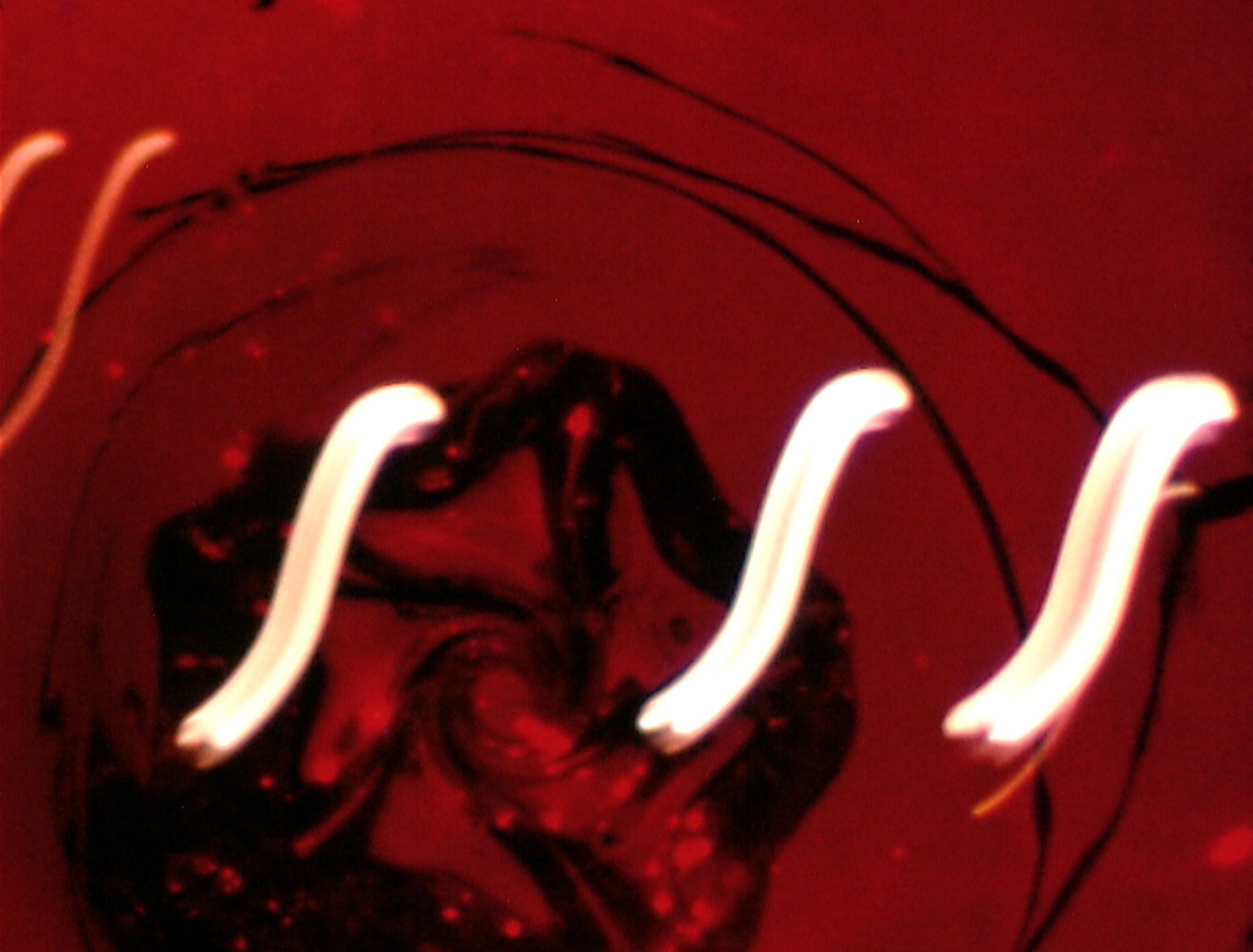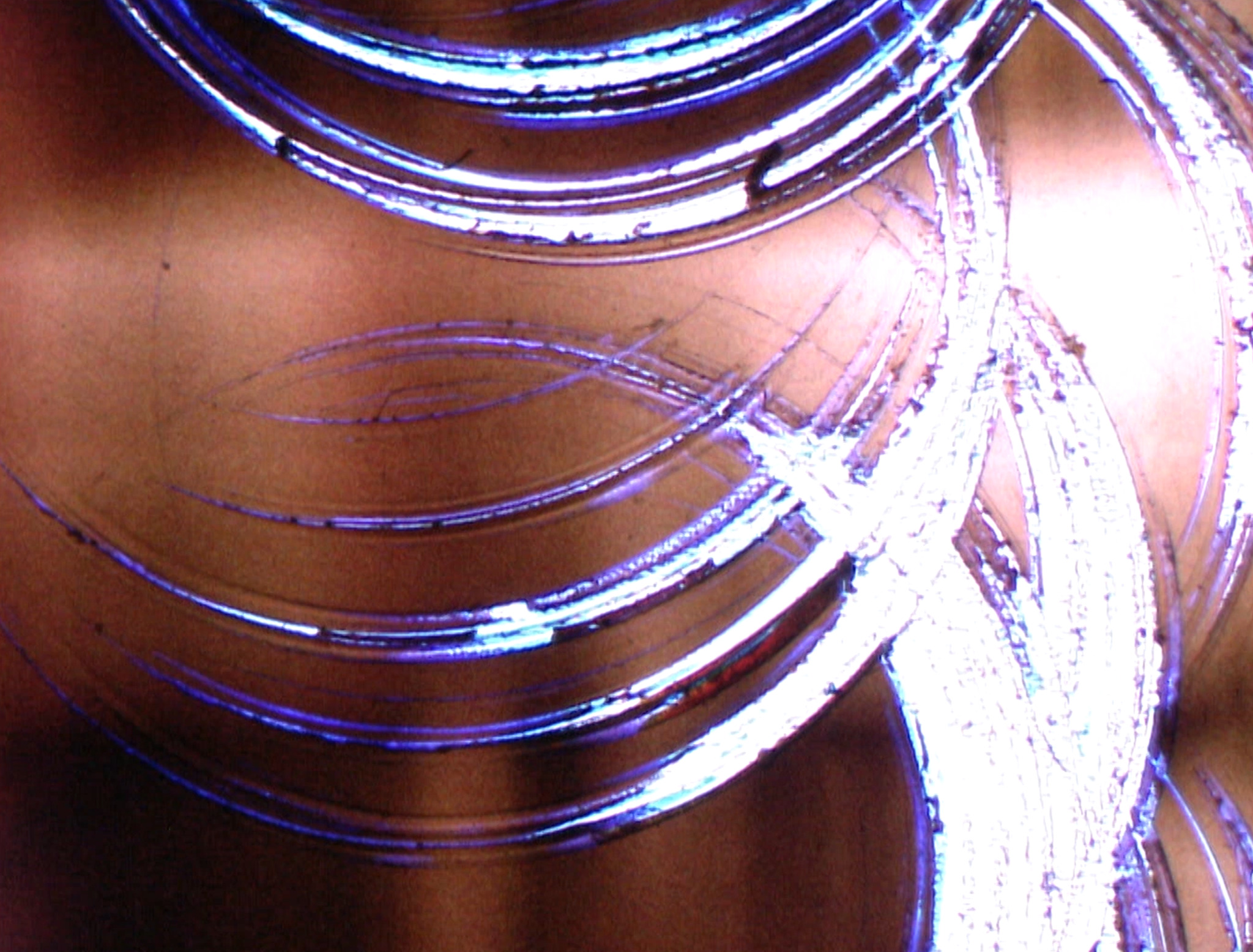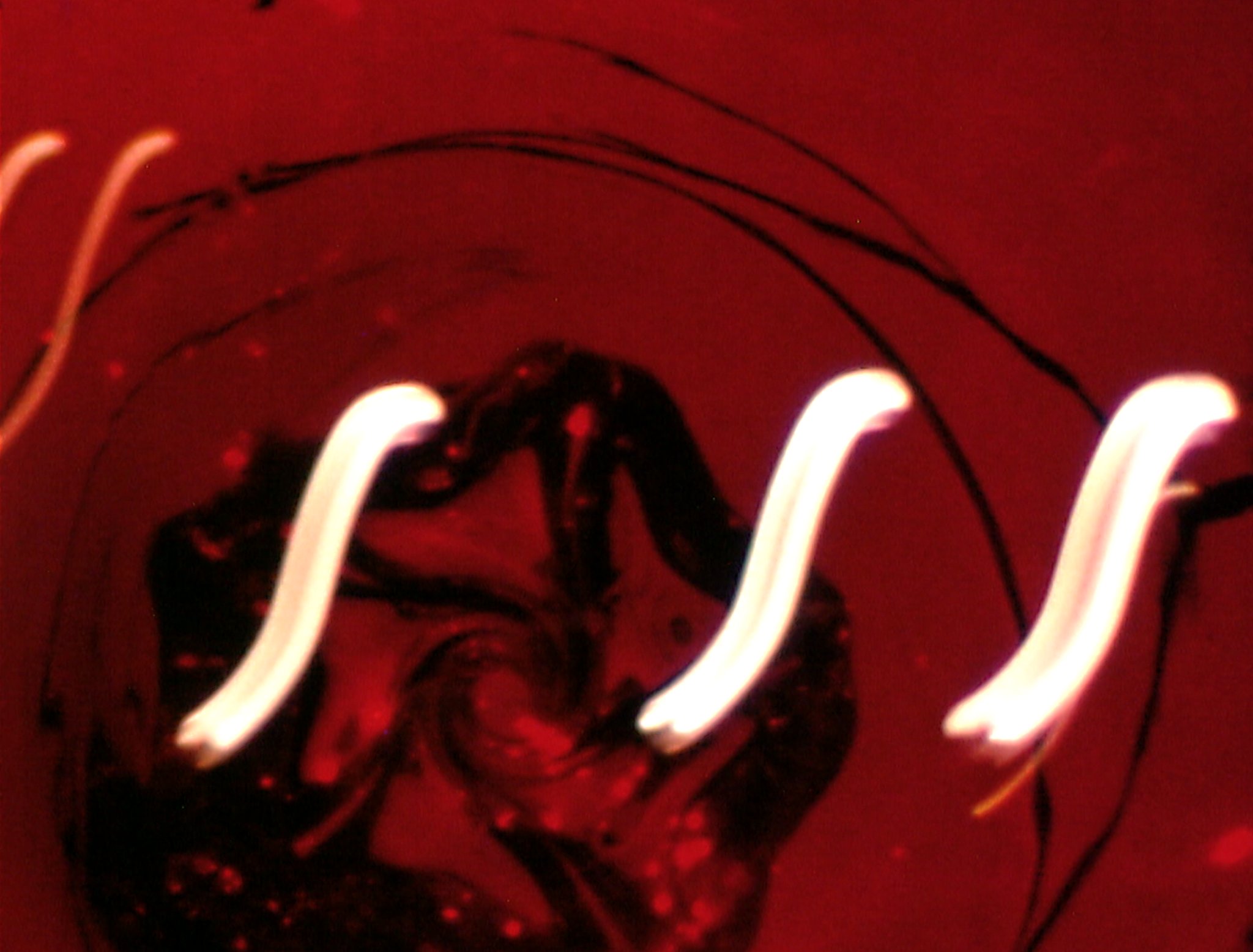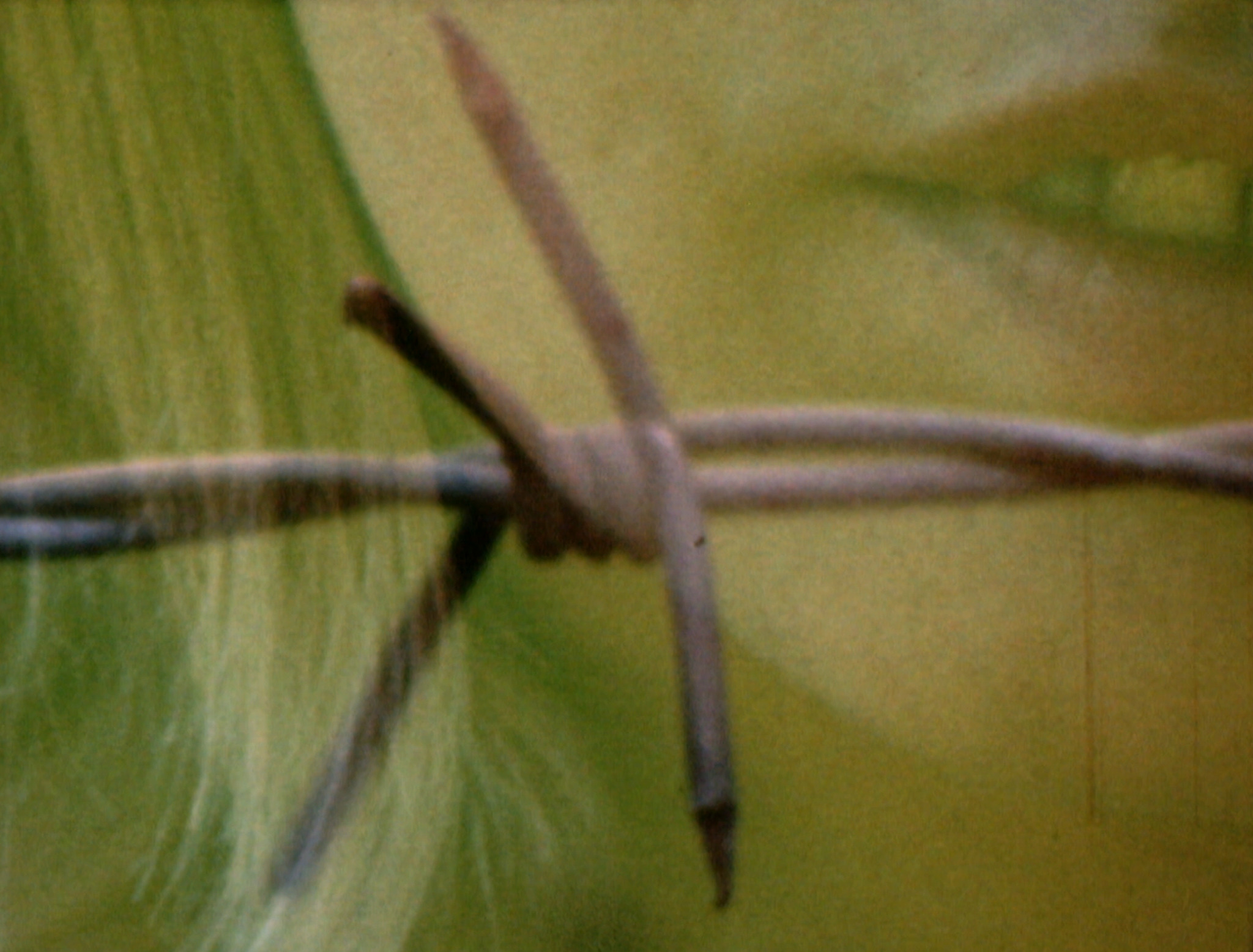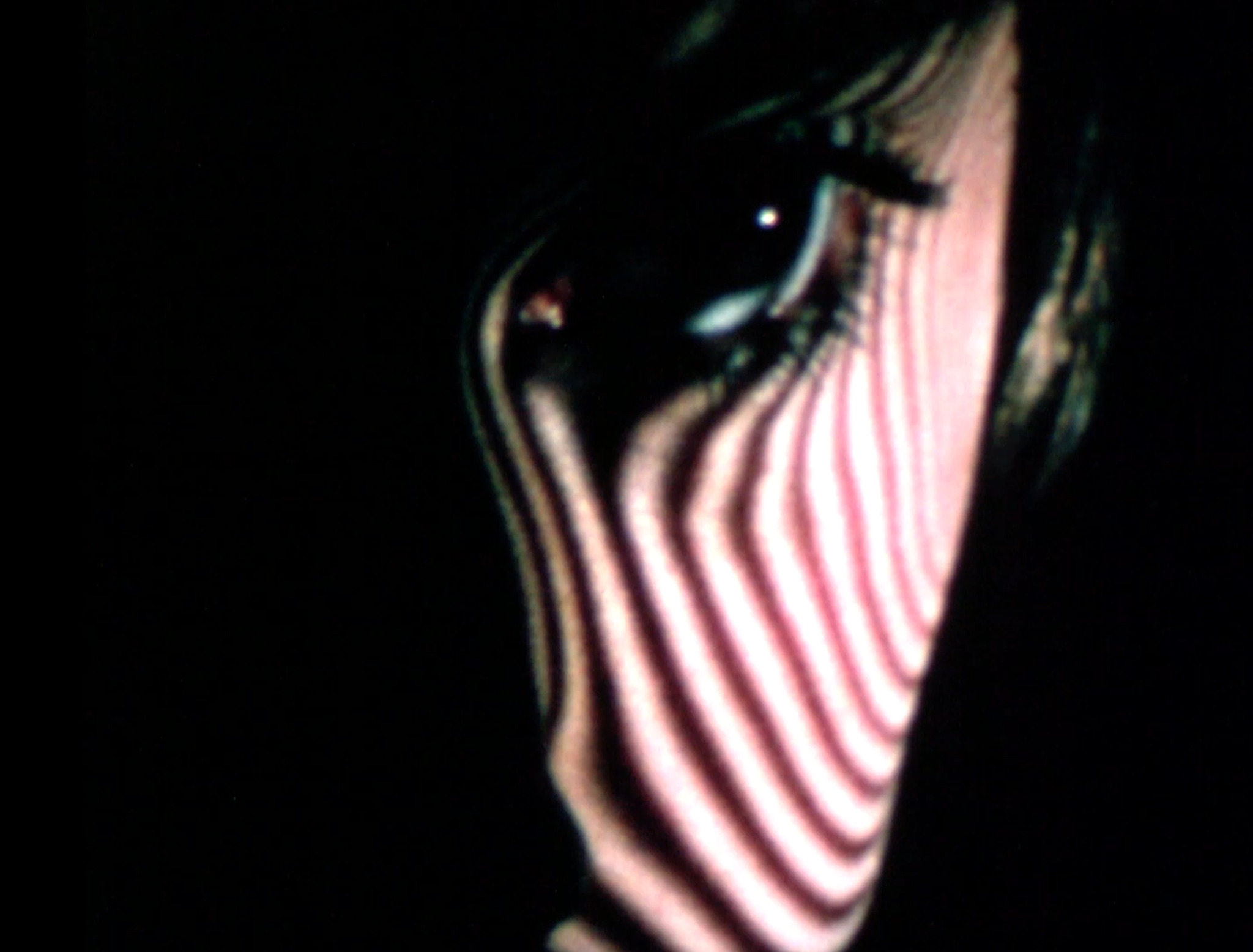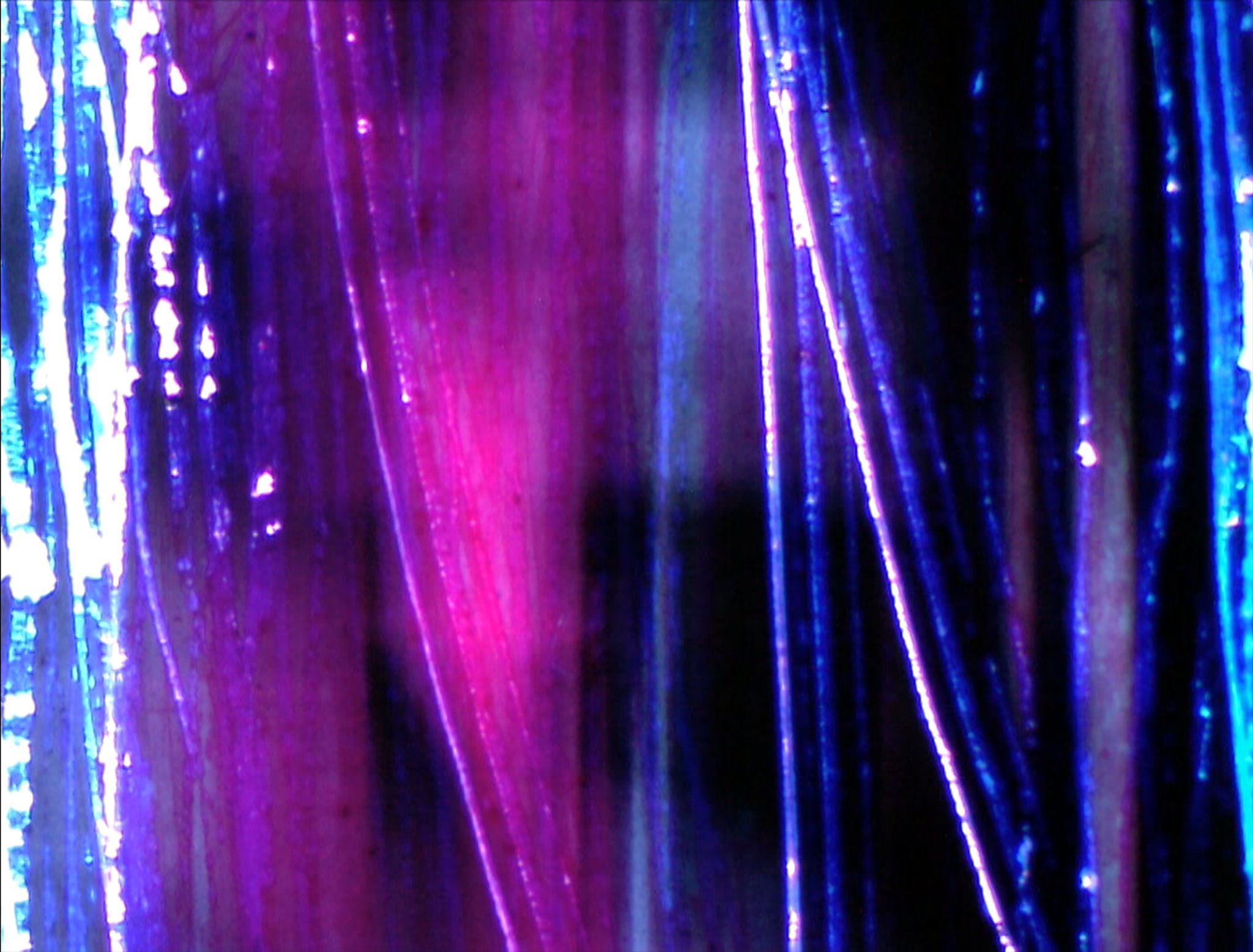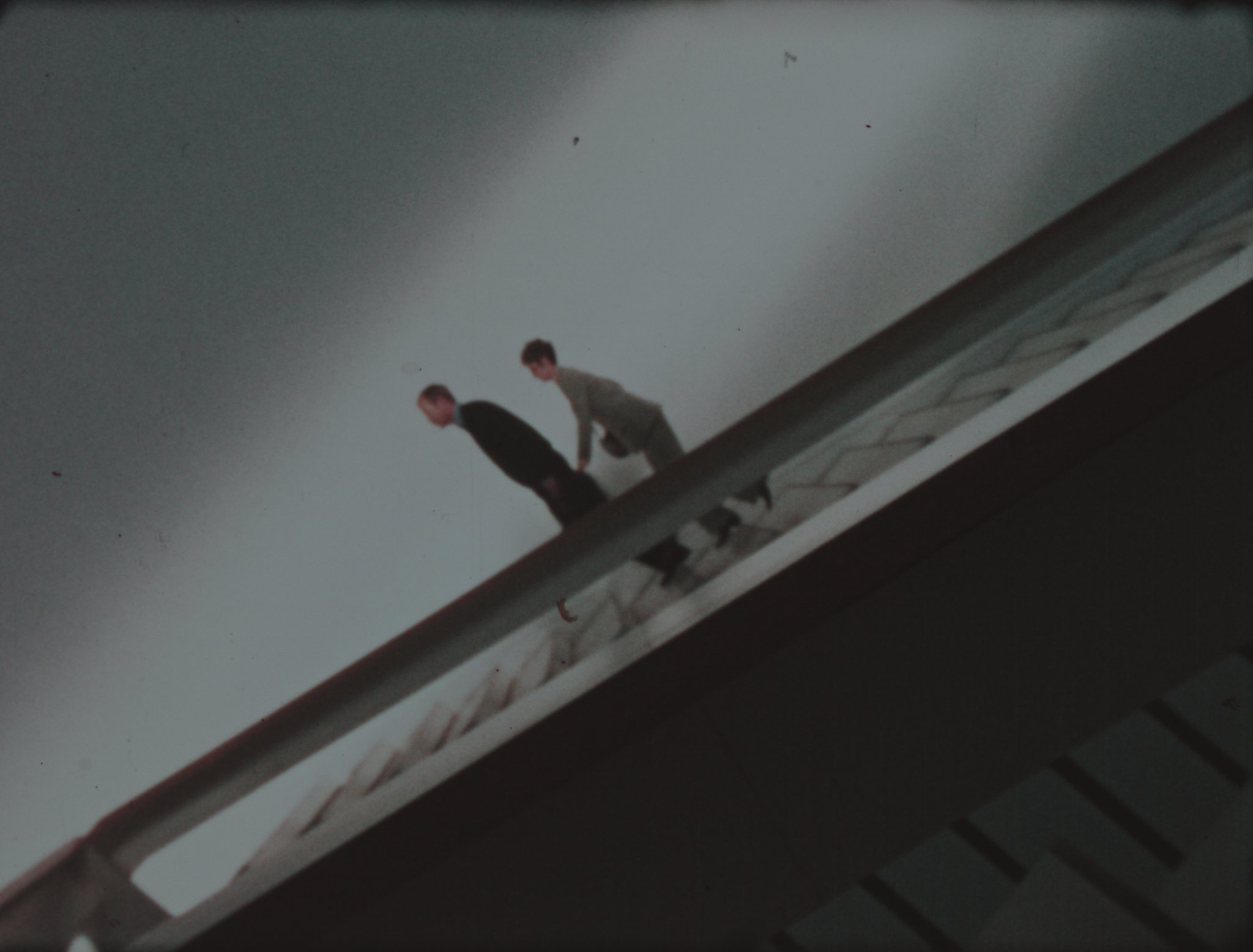Live Performance
Idea assurda per un filmmaker
Live music by Attila Faravelli, Enrico Malatesta, Nicola Ratti
In collaboration with Archivio Gianfranco Brebbia, Triennale Milano and Cineteca Italiana
A selection of Gianfranco Brebbia’s most abstract artist films, whose new live soundtrack is entrusted to three contemporary sound artists-Attila Faravelli, Enrico Malatesta, Nicola Ratti.
Through a continuous layering of sound impulses produced with acoustic, electric and electronic instruments, the three sound artists generate a sound stream made up of varying and different movements, pauses, intensities and timbres, creating an ephemeral and ever-changing acoustic environment in reference to the film projection. The audience will be immersed in sound fields made up of synthetic sounds, field recordings, percussive sounds and drones that will support the vision without necessarily creating a linear, rigid or descriptive soundtrack concerning the films but will exploit the film materiality of Brebbia’s work, expanding its perceptual, aesthetic and poetic potential. Faravelli, Malatesta and Ratti, through sound, lead the audience into a mode of listening that is a path of discovery and unveiling of the electro-acoustic density of their artistic figure, addressed here to the search for unprecedented and surprising points of contact with Gianfranco Brebbia’s expressive register.
All the films offered in the program come from the Brebbia Archive and are part of the collection of the Cineteca Italiana in Milan.
The synopses of the films are from the Brebbia Archive catalog edited by Giovanna Brebbia.
May 30
10:30 p.m.
Alcazar Live
Bazar
1973 / 4′ 28”
Scratched film with psychic effects. Film etched, scratched and colored with Indian ink using the same technique as the film Bet and of the films that have gone missing Stein 1-2 e 4. In the final part there are stills from the films Crepacuore and Amarsi a Marghera by Sirio Luginbühl.
Idea assurda per un filmaker. Luna
1969 / 10’
Pila rock. TV moon landing. Overdubs on film in the final part. The film begins with footage of rocks that hint at what is to follow, the touching of man’s foot on the lunar surface, an event long awaited by Brebbia, an event awaited by the whole world. Colored filters on the lens make images of bare trees look unreal. The film continues with live television footage of that long night.
Idea assurda per un filmaker. Matilde
1969 / 5′
Matilde Ceriotti Giaccari is the protagonist. Overlay with color filters as in other films of the same title; set in a meadow, close-ups of Matilde and a barbed wire.
Extremity II
1968 / 18′
Filmic experiments-incandescent, sun-filtering filming, through small window of a working projector, rotating geometric solids and reflecting colored rays.
Bet
1973 / 5′
Scratched film with invisible effects. The film was etched with a dental milling cutter and hand-colored with India ink.
Parco Milano Cinefoto [Triennale 1969]
1968 / 10′
Film made in October 1968 on the occasion of the first exhibition of CineFoto Ottica at the Milan Triennale International Exhibition. Among the cameras on display is the vintage collection of the Cineteca di Milano. The film was donated by Brebbia to his friend Walter Alberti, director of the Milan Cineteca in 1968.
Gianfranco Brebbia was born in Varese in 1923. From a very young age he took up photography, and in 1962 he made his first film with a Bolex Paillard Reflex camera. From then on, the camera became an integral part of his life and Varese one of his favorite subjects: he documented its artistic ferment in the 1960s and denounced the building boom that destroyed period buildings in the city center. In 1964 he declared, “I was filming as an independent alone and against everyone.” He documents with the film UFOthe happening UFO. Flying objects, organized in 1968 by Bruno Munari and Daniela Palazzoli in Monte Olimpino (Como), home of Bruno Munari and Marcello Piccardo’s research film laboratory. In the second half of the 1960s he joined the Cooperative of Independent Cinema in Rome, which included Massimo Bacigalupo, Gianfranco Baruchello, Alfredo Leonardi, Tonino De Bernardi, Guido Lombardi and, later, Mario Schifano and Franco Angeli, among others. An important encounter that further fueled his spirit of research and expressive freedom, leading him to make more than 140 experimental films, only 45 of which have been found in the Personal Archives kept by his daughter Giovanna. In 1969 he realizes Idea assurda per un filmaker: Luna. The film consecrates the Apollo 11 moon landing on July 21, 1969-an event that indelibly marks the 20th century-according to the particular perspective of Brebbia’s “cinematic gesture”: between dream and reality, between narrative and observation, and between alchemy and magic. Almost foretelling the future, Brebbia will declare, “In the future, the camera will be used by everyone like a common ballpoint pen.” In the last years of his life, the early 1970s, he devoted himself to figurative art, composing paintings with collage technique, typical of Pop Art. He passed away in 1974, at the age of 50, leaving behind a valuable film archive currently housed at the Cineteca Italiana in Milan and paper and photographic archives preserved at the University of Insubria.
Attila Faravelli is a sound artist and electro-acustic musician. He approaches sound in terms of a material and relational phenomenon. Through his practice he explores the relationships between sound, space and body. He is the founder and curator of Aural Tools, a series of simple sound objects whose purpose is to document the work of certain musicians not through the release of records but by investigating specific ways and processes by which they produce sound.
Enrico Malatesta is a percussionist and sound researcher active in the fields of experimental music, sound intervention and performance. His work investigates the vitality of materials and the morphology of surfaces, with a focus on percussive acts and modes of listening.
Nicola Ratti A multifaceted musician and sound designer, he moves between theater and film, through performing arts, radio works and sound art. He creates sound systems that take shape from repetition and dilation, with a specific focus on the construction of environments in relation to the spaces and architectures we inhabit, challenging the emotional and perceptual orientations to which we are accustomed.



